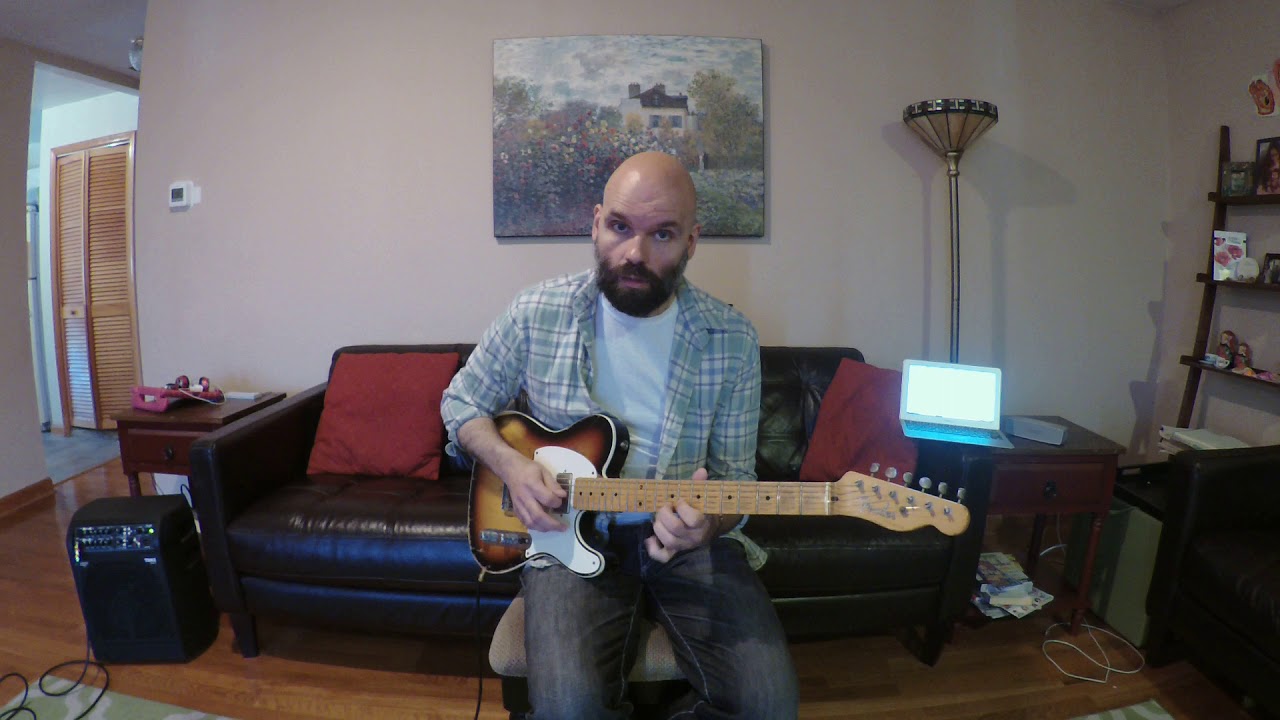Hi @joebegly
Which Joe Pass DVD is that from? I remember in Solo Jazz Guitar he outlines some basic chord substitution ideas which seemed to be rooted in the same idea.
Jimmy Bruno gives the same advice in “No Nonsense Jazz Guitar.” One piece of advice Jimmy gives in that video that I found helpful was to stop worrying if the melody notes you play will fit exactly with the alterations or substitutions made to the chords. There might be some “rub”, but the rub is part of the sound of jazz.
I was recently made aware of Peter Farrell though this forum, who teaches George Benson’s style. I’m not yet familiar with his methodology, but the basic idea seems to be reducing the chords further to “tonic” and “non tonic”. Maybe @lucascostner could comment to let me know whether I’m misrepresenting Peter’s methods here.
For example, in C major:
Tonic group: CM7 (C, E, G, B), Em7 (E, G, B, D), Am7 (A, C, E, G)
Non Tonic group: Dm7 (D, F, A, C), FM7 (F, A, C, E), G7 (G, B, D, F), Bm7b5 (B, D, F, A)
Notice that no member of the Tonic group contain the F, while every member of the Non Tonic group contains the F.
I remember Joe Pass saying something similar about I-vi-ii-V. Essentially, he didn’t see I-VI or II-V as chord changes, but “movements.” So the whole I-vi-ii-V breaks down to (I-vi)-(ii-V), which is basically tonic-not_tonic. He also says that everything is I-vi-ii-V, so essentially everything broke down into tonic-not_tonic in his method too.
Maybe I’ve misunderstood what they all were trying to say, but it seems to me this all basically breaks down to learning to hear and learning to play cadences.
When it comes to non-functional progressions, many seem to still advocate for maintaining the basic understanding of chords as being major, minor or dominant.





